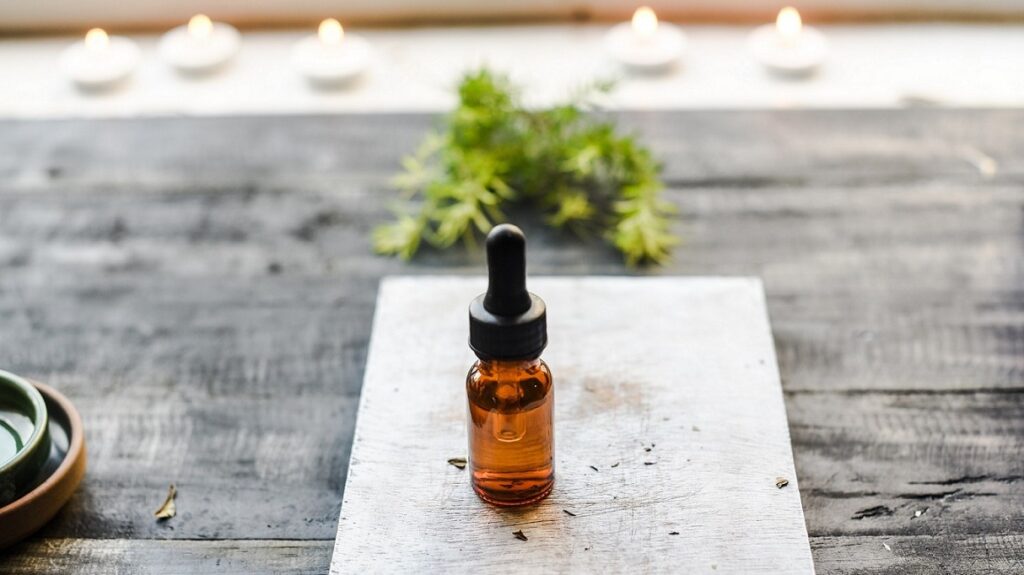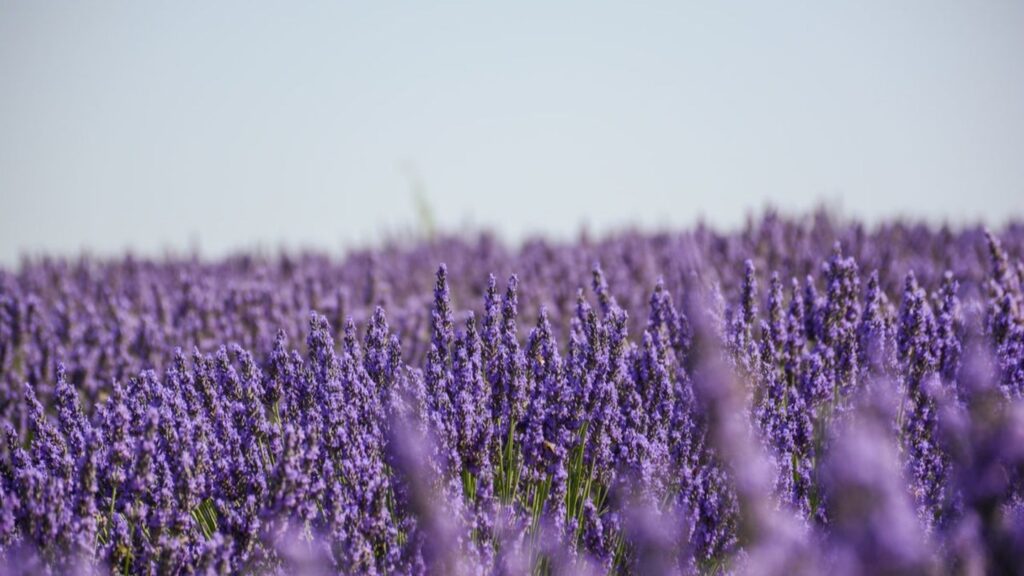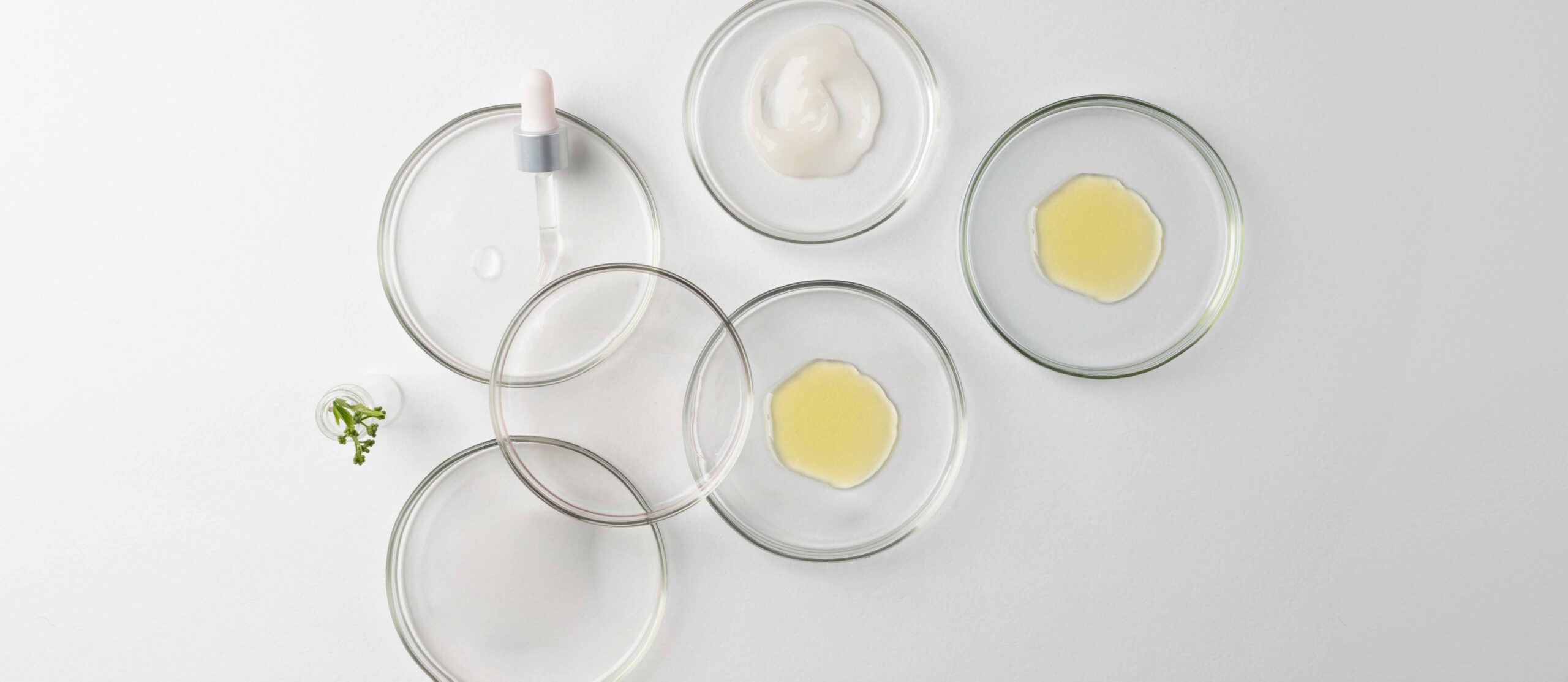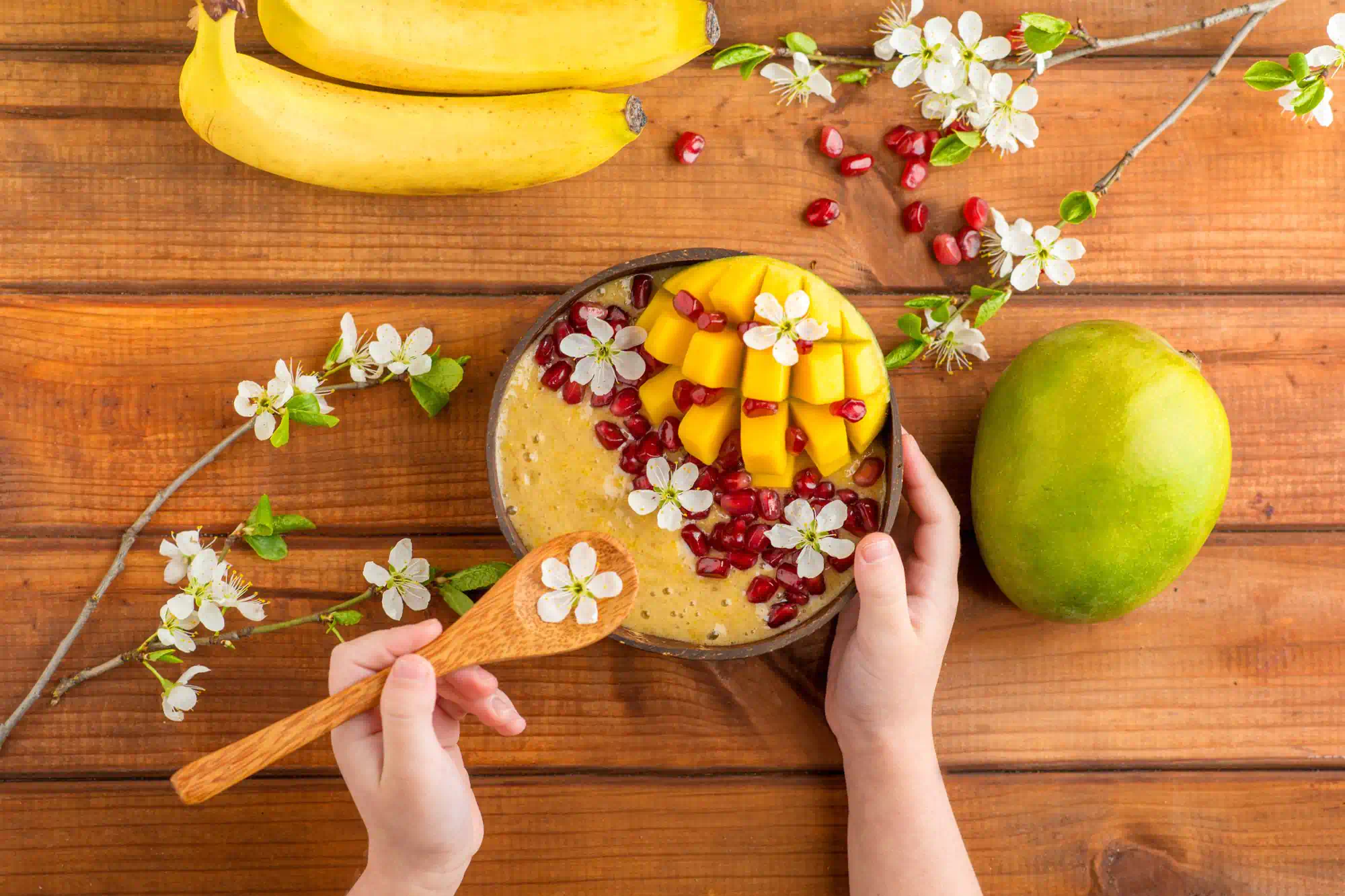2 min
How does a flower become essence? How does a quest for a unique scent result in a new molecule? Our mastery of advanced technologies offers innovative solutions, whether it means obtaining a novel material or extracting a natural one as efficiently and sustainably as possible. These technologies result in unique ingredients, both natural and synthetic. Here is a short guide to our methods and technologies.
First, basic terminology

The extraction processes outlined below result in different kinds of extracts, each with its own character.
Oil
An essential oil is a concentrated hydrophobic liquid containing volatile chemical compounds from plants. Essential oils are also known as the oil of the plant from which they were extracted, such as oil of clove. An essential oil is “essential” in the sense that it contains the “essence of” the plant’s fragrance, the characteristic fragrance of the plant from which it is derived. They are generally extracted by distillation, often by using steam, and are often used for aromatherapy.
Absolute
A highly concentrated form of a raw material which is obtained by secondary extraction (using alcohol) of a “concrete.”
Concrete
A concrete is a waxy substance obtained by the primary extraction of plant materials such as a flowers or leaves using a chemical solvent.
Traditional extraction techniques
Distillation
This ancient process allows us to extract fragrances from natural materials such as flowers, spices and gums using the steam from fresh water. The droplets capture and then burst to release the essential oil. Some perfumers believe there is almost “a mystical dimension to the distillation of essential oils.”
Infusion
Borrowing from the longstanding industry traditions, we macerate natural materials in alcohol at warm or cold temperatures to produce infusions or tinctures that “add an authentic natural patina and provide a simple natural addition to any composition.”
Cold Expression
Everything starts with the skin of delicious fruits. Cold expression combines many different techniques to squeeze the fragrant citrus essential oils for that skin or peel. The resulting oils have amazing authenticity and quality – “almost as if you bottled the experience of peeling an orange”.
Modern extraction methods for naturals

Supercritical Fluid Extraction (SFE)
Natural and recycled carbon dioxide is converted into a supercritical fluid to gently diffuse through natural materials. It delicately captures the olfactive or organoleptic compounds and we believe it gives us “the richest palette of true to natural ingredients in our industry” – from treasure flower petals to tea leaves and from precious spices to groundnuts.
Solvent Extraction
This historical process brings natural materials such rose petals into contact with solvents and ethanol, to extract what we call the ‘resinoid’ or ‘absolute’ – the end result is an absolutely heavenly range of naturals “that adds richness, density and signature to a perfume.”
Molecular Distillation
A long-established way of refining the already refined, perhaps a precious essential oil or rare absolute, to create colourless ingredients with elegant, pure yet powerful profiles in “precise and delicate concentrations”.
New frontiers in ingredient creation

Green Chemistry
As a responsible business, we create our renewable molecules following the twelve Green Chemistry Principles whenever we can. We are combining green chemistry with biotechnology to semi-synthesise wonderful molecules that were unattainable or even unimaginable just a few years ago.
Biotechnology
Starting with Clearwood® in 2014 we have created a series of iconic bio-based ingredients that have established our leadership in Biotechnology. We are using sustainable sugar fermentation, bio-conversion techniques, and advanced distillation to create high-quality ingredients from renewable carbon – all of them affordable, readily available, and sustainable.



